 An impatient shuttle driver rushed a turn through a crosswalk and pinned a man for twenty minutes, according to ABC Local News. The accident, which occurred on February 15, 2012, was captured by surveillance video set up at Empire Market in the Tenderloin District and showed the pedestrian had the right of way.
An impatient shuttle driver rushed a turn through a crosswalk and pinned a man for twenty minutes, according to ABC Local News. The accident, which occurred on February 15, 2012, was captured by surveillance video set up at Empire Market in the Tenderloin District and showed the pedestrian had the right of way.
The driver of the Paratransit shuttle stayed on the scene and was cooperative with police. Police officers determined that the incident was an unfortunate traffic incident and no charges will be brought against the driver, who was shuttling a van load of disabled passengers.
Injured parties, such as the victim of this accident who was trapped for twenty long minutes under the shuttle and suffered multiple broken bones, may feel that it is unfair if no charges are brought against the person who caused their injuries.
Persons injured in an accident should remember that the court system has two tracks: one for criminal actions and one for civil actions. Every criminal action is brought by the state or federal government on behalf of its residents. Convicted defendants are punished with jail time, fines, and other penalties in order to achieve justice and deter the convict and others from committing future crimes.
The District Attorney may not pursue a criminal action against someone who, for instance, causes personal injury or property damage for a variety of reasons. In this case, it is possible that the driver mitigated the situation because, although he made a mistake, he stayed at the scene and cooperated fully with the police investigation of the collision. Before bringing a criminal action, the District Attorney weighs the costs of a potential criminal suit with the necessity to serve justice and the public good.
Whether or not a defendant is convicted in criminal court, the victim does not receive any compensation for pain and suffering or the expenses brought on by the incident. The remedies provided in criminal and civil court serve different purposes. The criminal court provides a castigatory remedy against defendants which are found guilty. The civil courts provide a forum for victims themselves to protect their private rights and property. Individuals, entities, and the government alike may bring a civil suit against the defendant to seek a remedy, usually money damages.
The burden of proof required to find against a defendant is also different in criminal actions from civil actions. In criminal actions, because the defendant is often being deprived of their Constitutional right to liberty, the defendant must be found guilty beyond a reasonable doubt. However, in a civil action in order to make a viable claim against the defendant a plaintiff must only prove by the preponderance of the evidence that the defendant caused the plaintiff damage. In other words, the plaintiff must only tip the scales of justice in their favor to recover in a civil action. Nevertheless, the burden of proof is a key element in both civil and criminal actions. As soon as an incident occurs, the injured party should keep evidence in mind and immediately start to gather and preserve proof of any possible claims.
For example, if the pedestrian in this case were to gather proof for a civil action, he should immediately request the police report for the incident, the surveillance video which captured the accident, his medical records describing his injuries and the progress of his recovery, and records from any jobs showing past wages lost as a result of his injuries.
Injured parties should remember that just because a criminal action was not brought against the party which caused them damage does not mean that an injured party should not bring a civil action. Furthermore, even if a criminal action is brought against the other party, they will not receive any compensation unless they file and prevail in a civil action.
Continue Reading ›
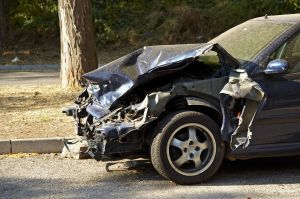 It is not possible to turn on the TV these days without hearing endless news of the 2012 election. The presidential race has consumed most media focus, but here in California, there are other important issues that will be on the ballot in November. Among them is the 2012 Automobile Insurance Discount Act, proposed by the American Agents Alliance and supported by the billionaire chairman of Mercury Insurance George Joseph, to the tune of $8 million.
It is not possible to turn on the TV these days without hearing endless news of the 2012 election. The presidential race has consumed most media focus, but here in California, there are other important issues that will be on the ballot in November. Among them is the 2012 Automobile Insurance Discount Act, proposed by the American Agents Alliance and supported by the billionaire chairman of Mercury Insurance George Joseph, to the tune of $8 million.  San Francisco Injury Lawyer Blog
San Francisco Injury Lawyer Blog













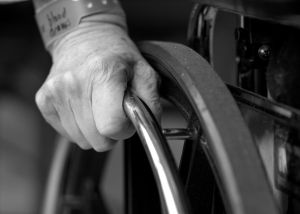
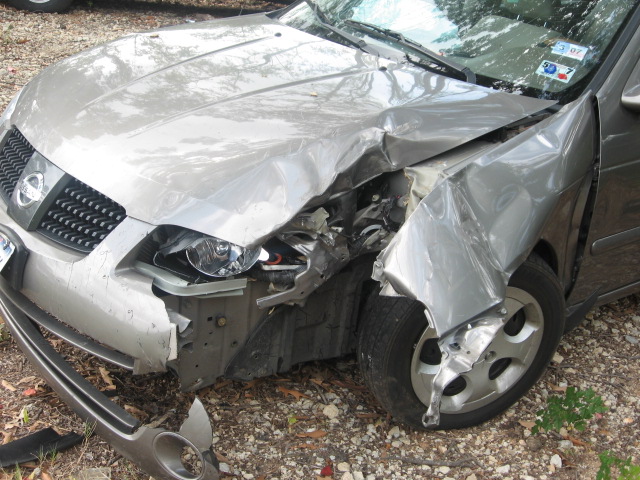
 In 2000, Mayor Willie Brown, Jr. implemented the San Francisco Municipal and Transit Agency (SFMTA)
In 2000, Mayor Willie Brown, Jr. implemented the San Francisco Municipal and Transit Agency (SFMTA) 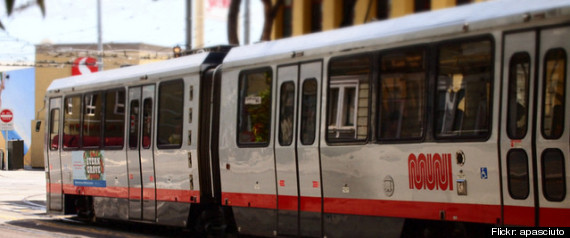
 The
The 
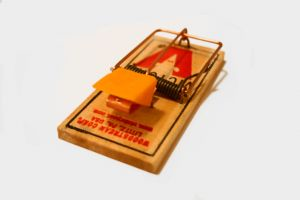 The Oakland Tribune reported this week that Richmond is joining several area communities in attempting to protect our children and pets from dangerous rodent poisons. The Richmond City Council approved a measure, similar to those already in place in Albany and San Francisco, asking retailers to voluntarily stop sales of certain pest control products. Similar products have already been banned by the federal Environmental Protection Agency. The ban covers particularly toxic formulas as well as loose pellet poisons. In 2008, EPA officials requested that manufacturers re-tool their products so that the poisonous bait is in stations that are inaccessible to children and household pets. Manufacturers were asked to comply by June 2011 but not all makers have done so and the EPA is taking steps to remove the offending products. This process, however, takes time to accomplish and moves like that in Richmond attempt to control the ongoing problem.
The Oakland Tribune reported this week that Richmond is joining several area communities in attempting to protect our children and pets from dangerous rodent poisons. The Richmond City Council approved a measure, similar to those already in place in Albany and San Francisco, asking retailers to voluntarily stop sales of certain pest control products. Similar products have already been banned by the federal Environmental Protection Agency. The ban covers particularly toxic formulas as well as loose pellet poisons. In 2008, EPA officials requested that manufacturers re-tool their products so that the poisonous bait is in stations that are inaccessible to children and household pets. Manufacturers were asked to comply by June 2011 but not all makers have done so and the EPA is taking steps to remove the offending products. This process, however, takes time to accomplish and moves like that in Richmond attempt to control the ongoing problem. 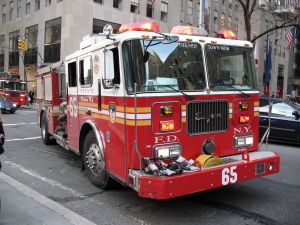 Home fires can be sparked by a myriad of causes. The Oakland Tribune reported on an early morning blaze on Tuesday at the 900 block of 37th Street. Fire teams from the Oakland Fire Department responded to a call at 3:55AM and were able to put the flames out in relatively short order. The fire took place in a two-story, four-unit building and, despite being controlled in only fifteen minutes, displaced four residents. The fire was sparked by an old-fashioned oil lamp that a resident accidently knocked over while using it to provide life when preparing a late-night (or, perhaps more accurately, early morning) snack. After tipping, the lamp ignited curtains and grew beyond the resident’s control. Thankfully, the apartment resident was able to wake his neighbors by knocking on walls and doors. No one was harmed in the fire.
Home fires can be sparked by a myriad of causes. The Oakland Tribune reported on an early morning blaze on Tuesday at the 900 block of 37th Street. Fire teams from the Oakland Fire Department responded to a call at 3:55AM and were able to put the flames out in relatively short order. The fire took place in a two-story, four-unit building and, despite being controlled in only fifteen minutes, displaced four residents. The fire was sparked by an old-fashioned oil lamp that a resident accidently knocked over while using it to provide life when preparing a late-night (or, perhaps more accurately, early morning) snack. After tipping, the lamp ignited curtains and grew beyond the resident’s control. Thankfully, the apartment resident was able to wake his neighbors by knocking on walls and doors. No one was harmed in the fire. An impatient shuttle driver rushed a turn through a crosswalk and pinned a man for twenty minutes, according to
An impatient shuttle driver rushed a turn through a crosswalk and pinned a man for twenty minutes, according to